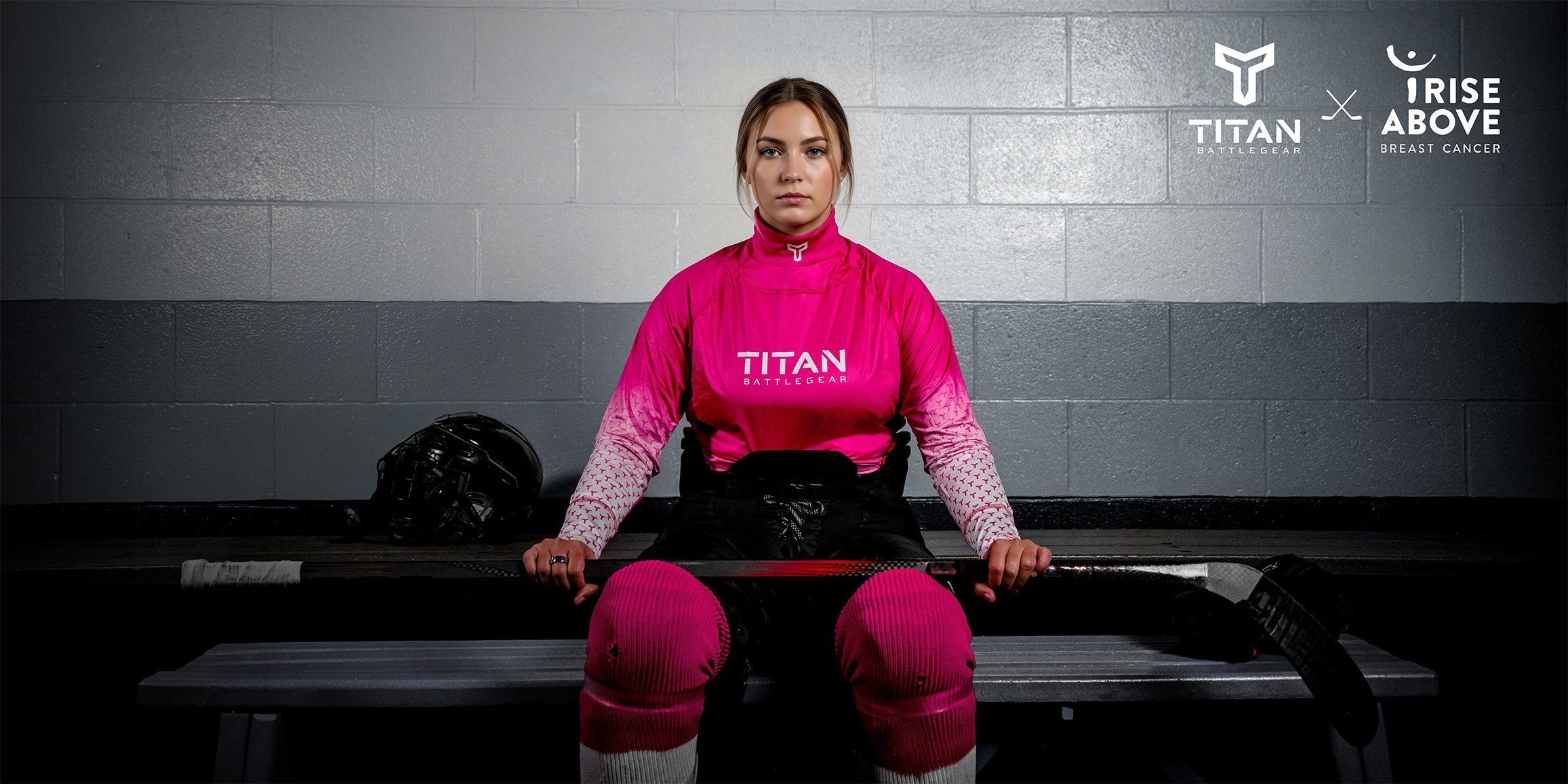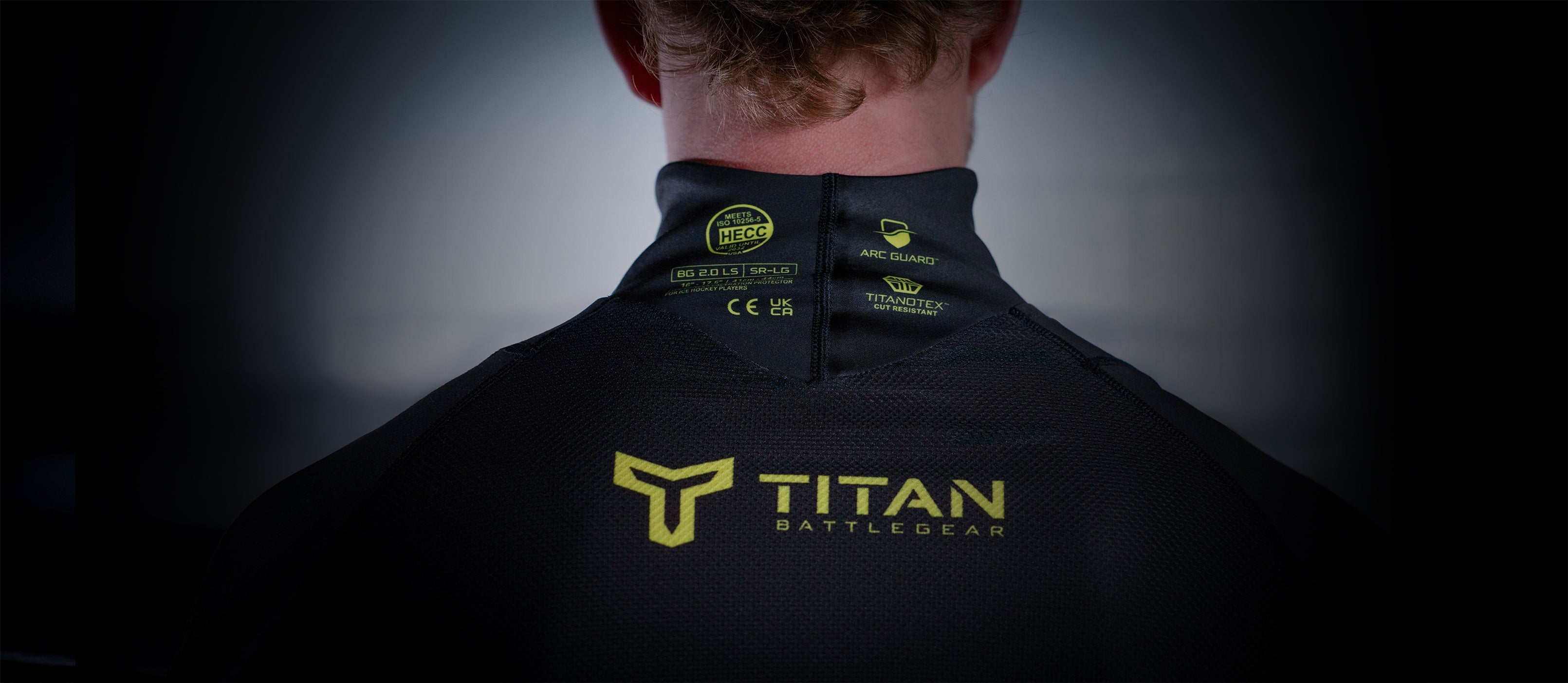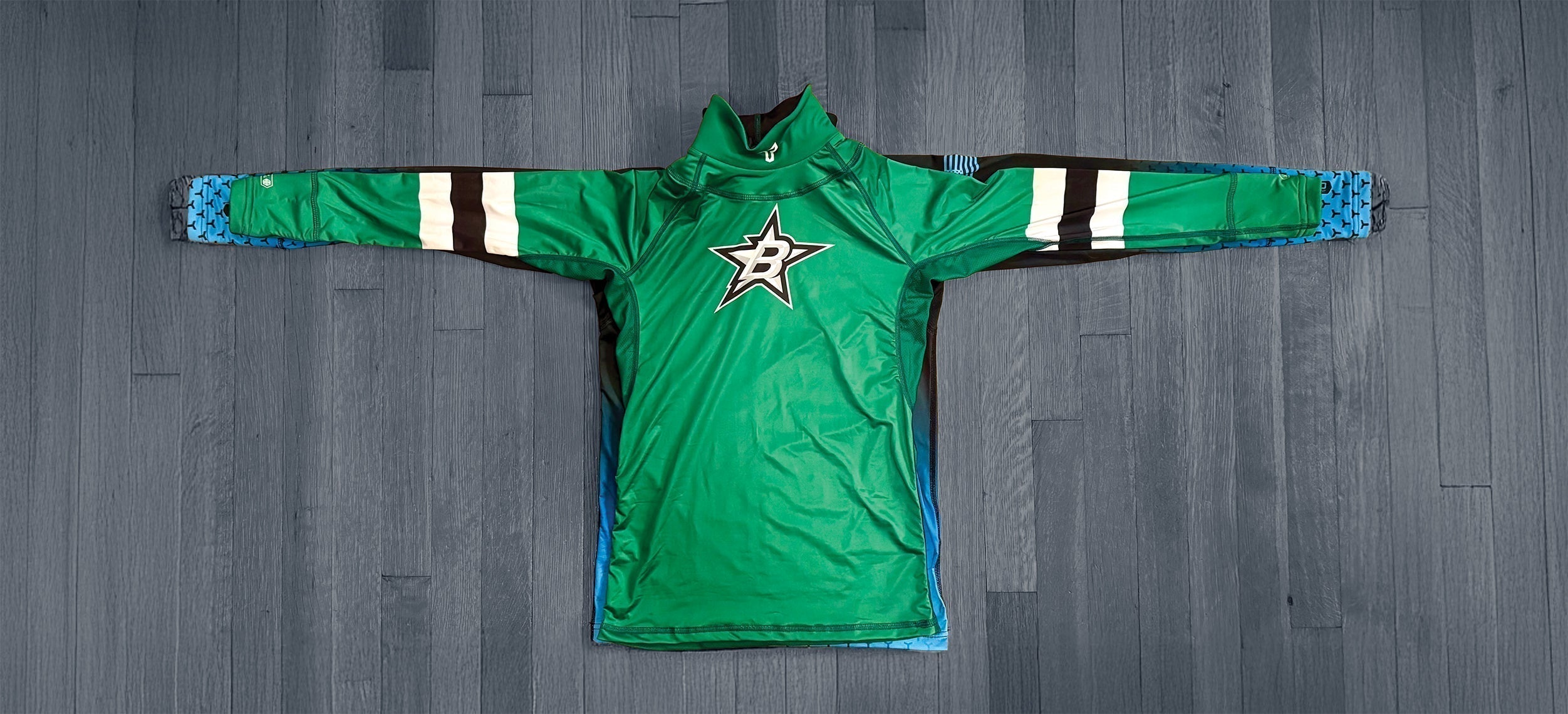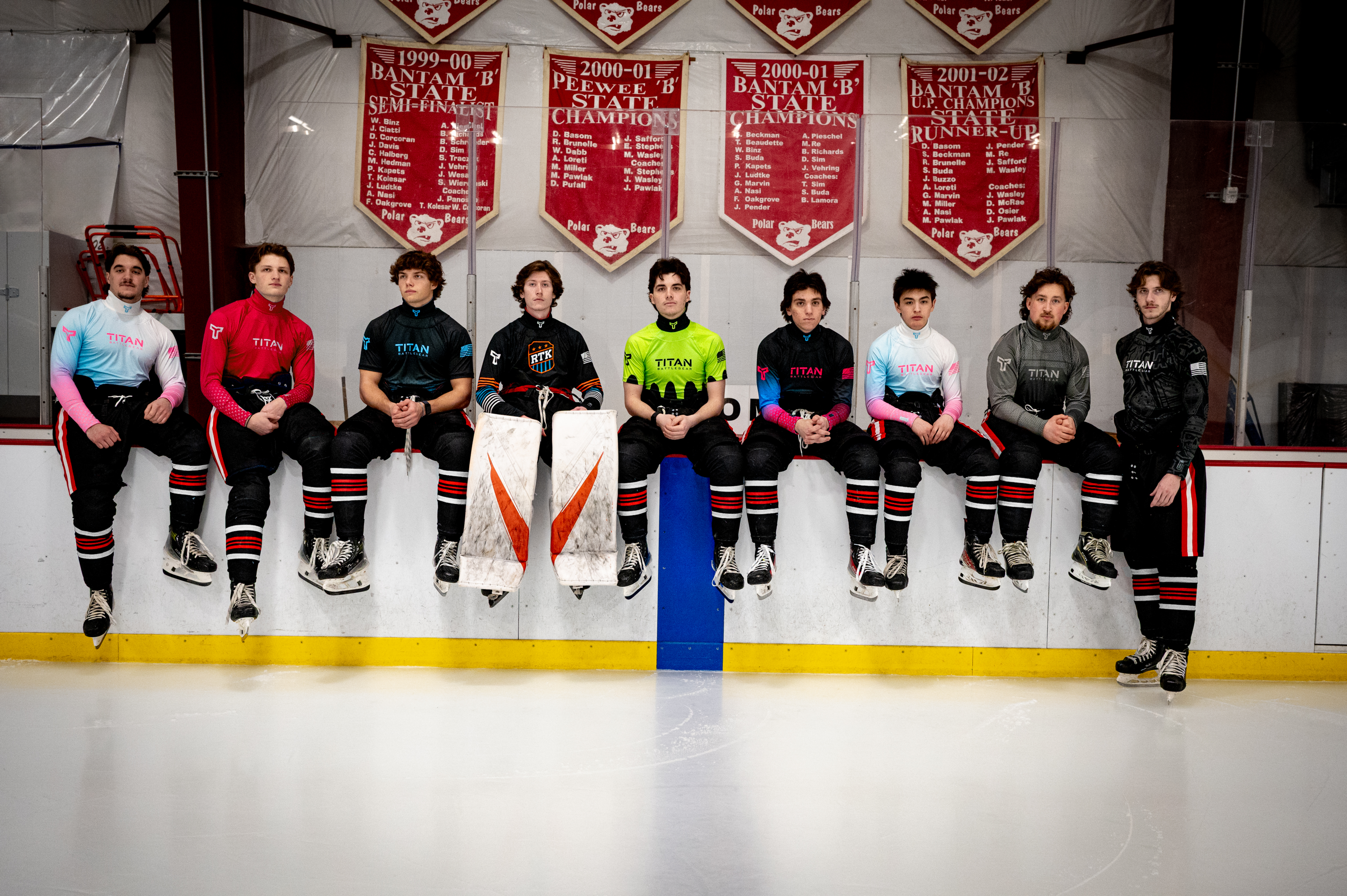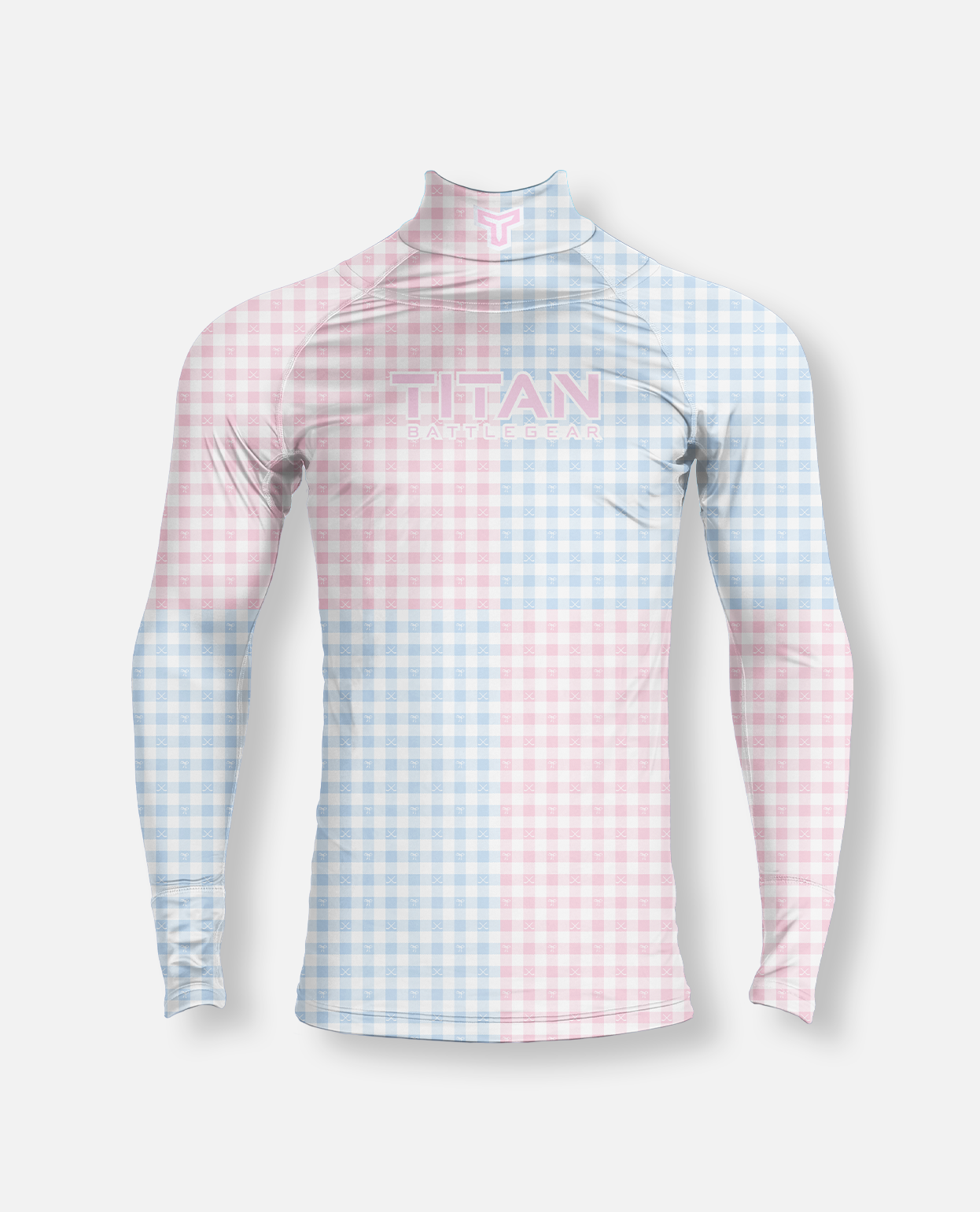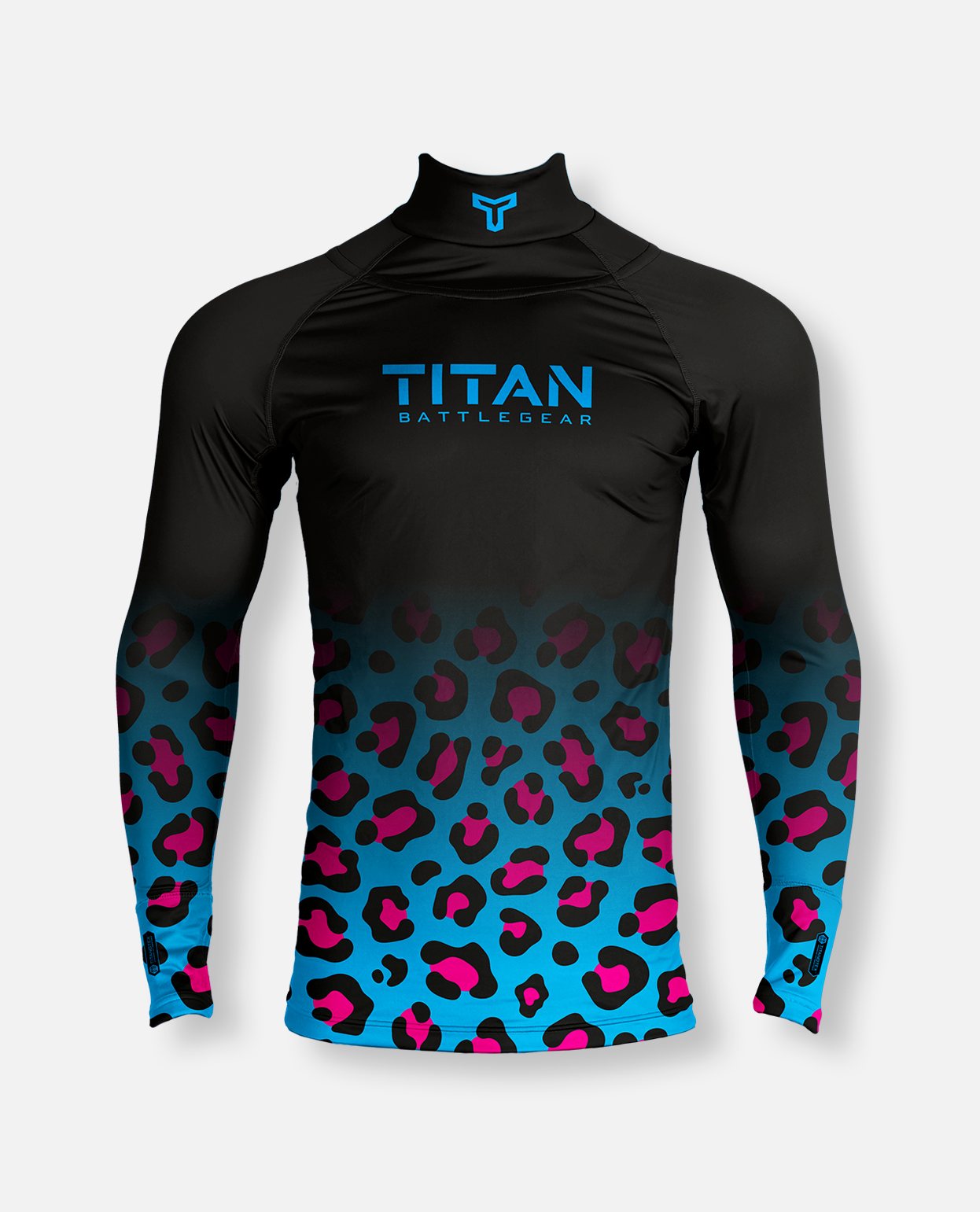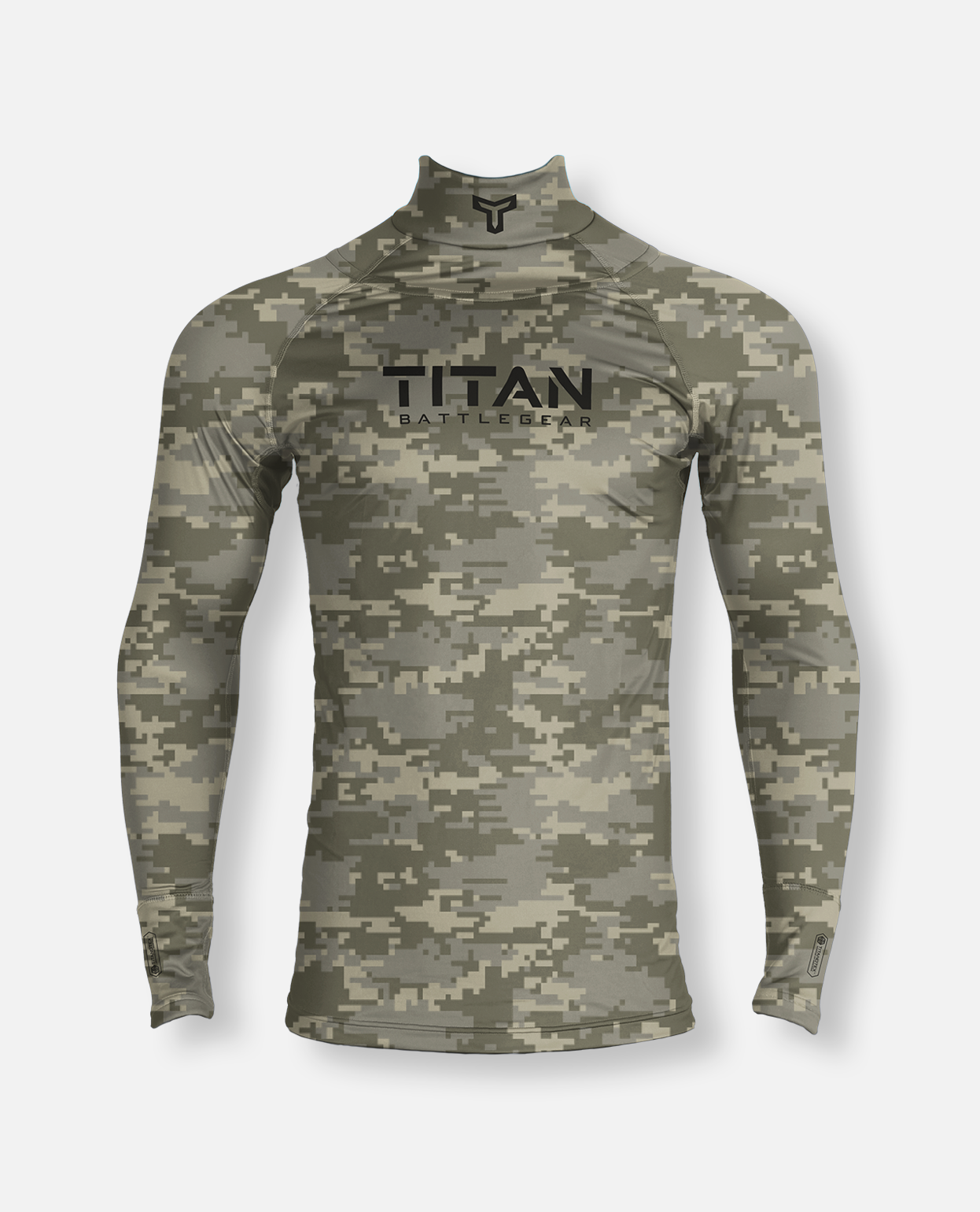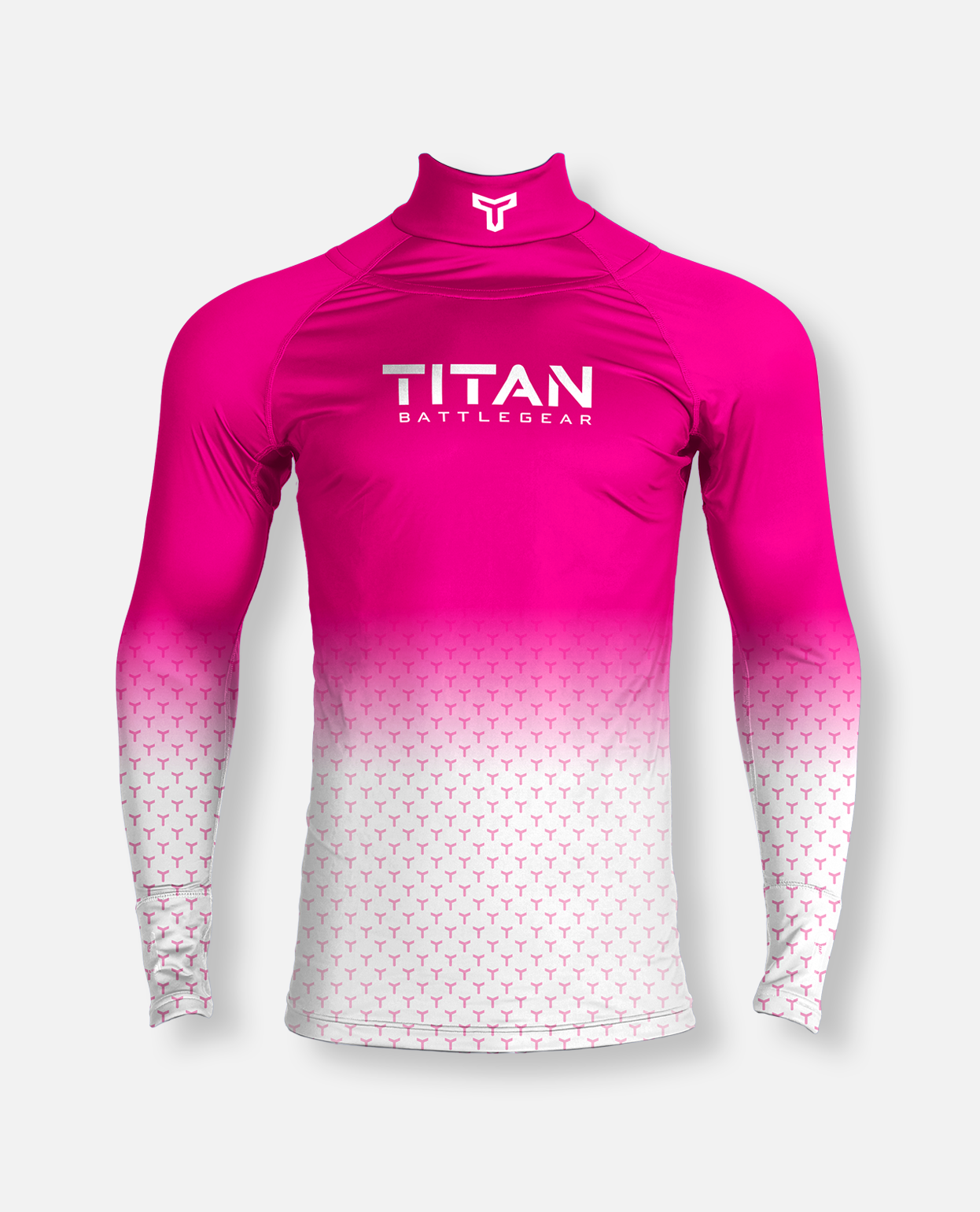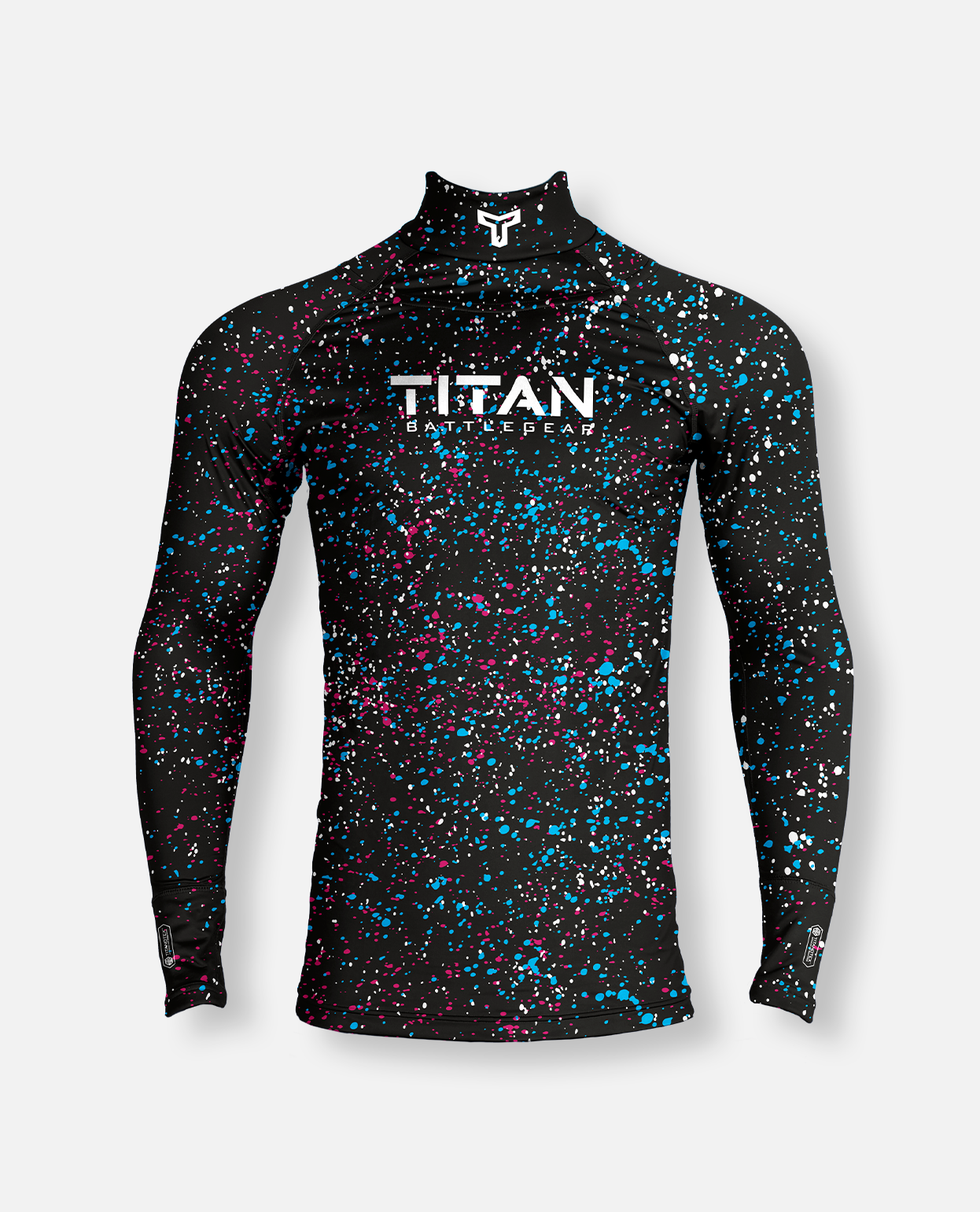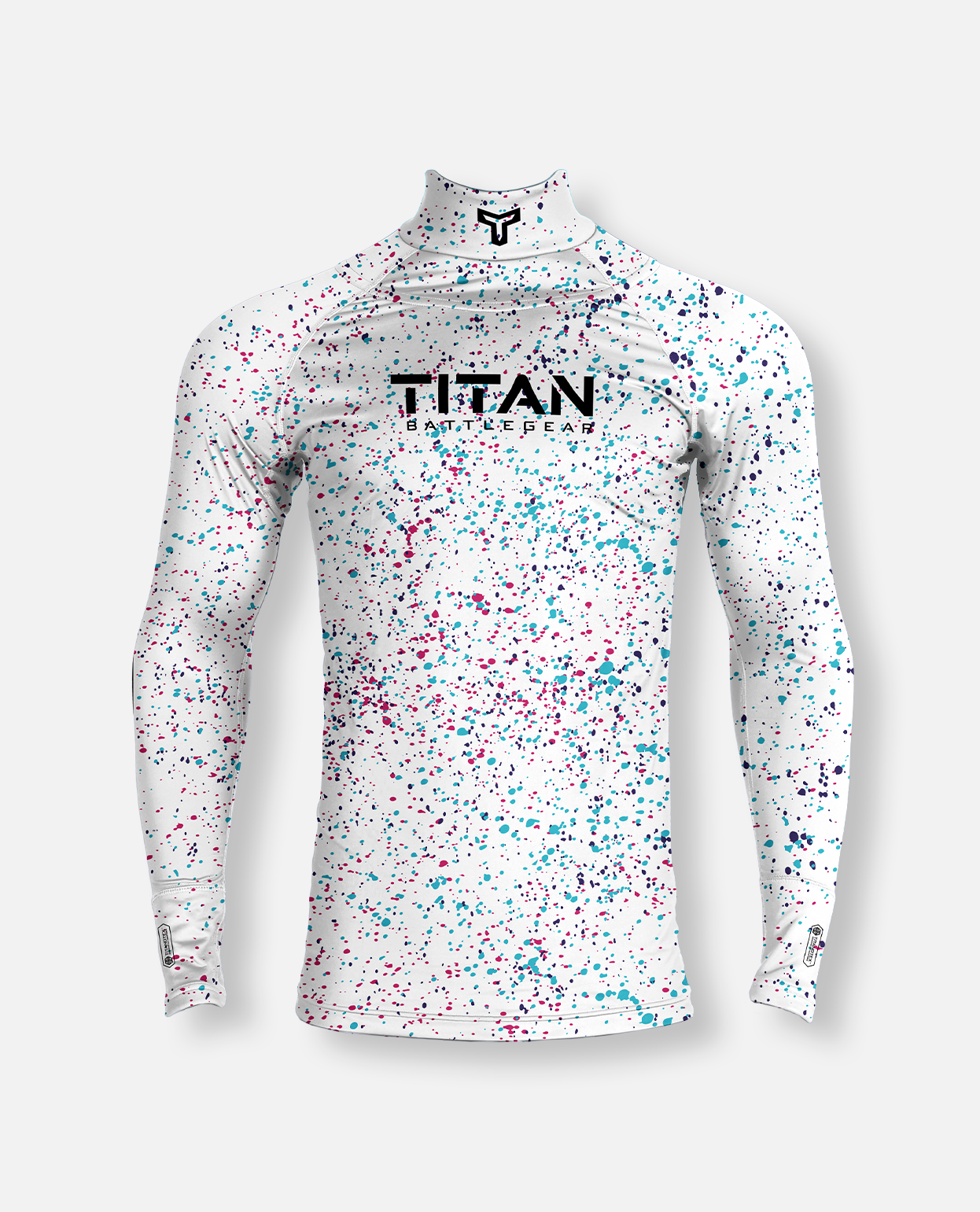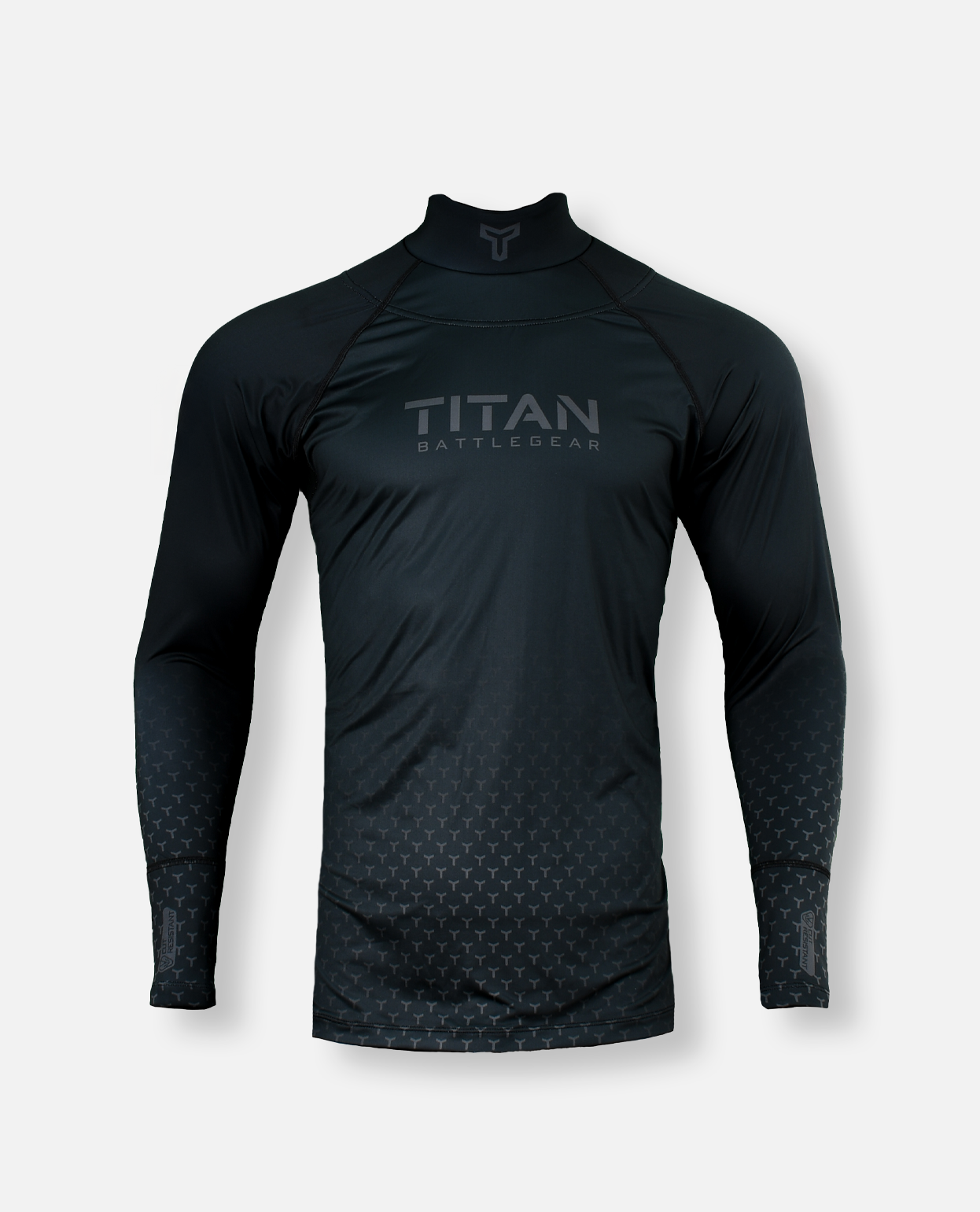As the world becomes increasingly conscious of environmental sustainability, the sports industry, including ice hockey, is not left behind. Modern advancements in hockey gear materials have significantly enhanced player safety and performance but come with substantial environmental costs. This blog explores the environmental impact of these materials and highlights efforts to improve sustainability in the industry.
Evolution of Hockey Gear Materials
Historically, hockey gear was made from natural materials like wood, leather, and wool. However, the quest for better performance has driven the transition to advanced synthetic materials such as carbon fiber, Kevlar, and various composites. While these materials provide unmatched strength, durability, and lightweight properties essential for high-level performance, they pose significant environmental challenges.
Environmental Challenges
- Non-Biodegradable Waste: The most pressing issue with advanced synthetic materials is their inability to decompose naturally. Hockey sticks, pads, and helmets made from these composites often end up in landfills, contributing to long-term environmental pollution. Approximately 2.1 million broken hockey sticks are discarded annually, with a majority ending up in landfills.
- Energy-Intensive Production: Manufacturing advanced hockey gear requires substantial energy, contributing to greenhouse gas emissions. The production processes for materials like carbon fiber and Kevlar involve high temperatures and significant resource consumption, further exacerbating their environmental footprint.
- Resource Depletion: Many advanced materials are derived from non-renewable resources. The extraction and processing of these materials lead to habitat destruction, soil erosion, and water pollution, impacting local ecosystems and biodiversity.
Sustainable Initiatives in Hockey Gear
- Recycled Materials: Some companies are pioneering the use of recycled materials in hockey equipment. For instance, sticks made from recycled carbon fiber composites reduce the need for new raw materials and help in waste management.
- Biodegradable Options: Innovations are underway to develop biodegradable materials for protective gear. These materials decompose naturally, reducing the long-term environmental impact. Efforts are also being made to design gear that is easier to recycle at the end of its life cycle.
- Eco-Friendly Manufacturing: Advances in manufacturing technology are making it possible to produce hockey gear more sustainably. For example, the use of renewable energy sources like solar and wind power in production facilities, and implementing energy-efficient processes, significantly reduce the carbon footprint.
- Sustainable Arenas: Beyond gear, the operation of ice rinks is also being addressed. New rinks are incorporating technologies such as LED lighting, geothermal energy systems, and advanced insulation to minimize energy use. Some arenas are also using recycled water for ice maintenance, further reducing their environmental impact.
The Future of Sustainable Hockey Gear
The journey toward sustainability in hockey gear is ongoing and requires the collaboration of manufacturers, players, and fans. Continuous research and development are crucial to creating high-performance, eco-friendly materials that do not compromise on safety or functionality.
At Titan Battlegear, we are committed to this journey. Our Cut-Resistant Shirt, featuring the revolutionary TITANOTEX™️ fabric, exemplifies our dedication to sustainability and performance. Made from 100% recycled materials, this shirt offers the highest level of protection with Level A9+ cut resistance, integrating neck and wrist guards. The use of graphene in TITANOTEX™️ enhances durability and performance while promoting environmental responsibility.
Explore our eco-friendly and high-performance hockey gear and join us in making hockey safer and more sustainable. Visit our collection: Cut-Resistant Battlegear.
By choosing Titan Battlegear, you are not only protecting yourself but also contributing to a more sustainable future for our planet and the sport we love.



